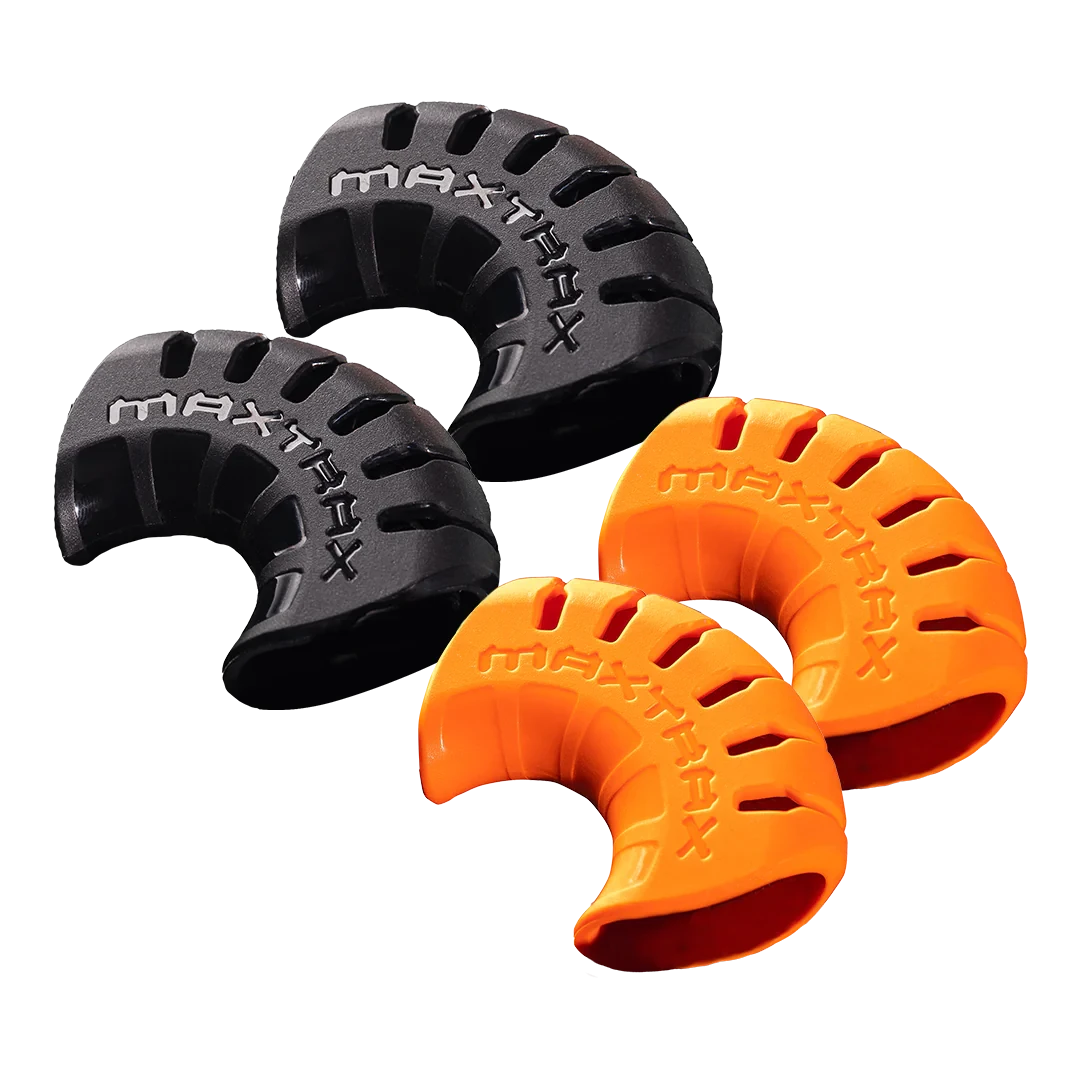Hand Signals For Spotting
So you should know by now just how useful a spotter can be when you’re trying to get across a rough patch, and it’s pretty hard to do without one for rock crawling. Having a mate on the ground to watch your wheels makes it a lot easier to keep moving and avoid getting stuck. At least it does if you can understand what they’re trying to tell you. When you’re sitting in the cab and they’re standing out front, with a big engine roaring away between you both, the chances of you understanding what they’re saying are pretty slim. You could always get some use out of your hands-free kit but who phones someone five metres away? Forget that; the way ahead is hand signals.
Obviously hand signals are only going to work if driver and spotter have agreed on them and both know what they mean, but resist the temptation to invent your own private code. It’s much better if you use signals that other drivers will recognise, too, because then you can spot for anyone else who needs help or ask them to spot for you. Luckily there are a few standard signals that most people are familiar with, so learning those will get you pretty well covered.
The two most important messages a spotter needs to send are “move” and “stop”, so those are the first things to learn. A simple “come on” gesture is enough to tell you to move ahead; adding a thumbs up means faster, or thumbs down for slower. Holding one or both hands up, palms forward, means “stop”. To tell the driver to reverse put both hands up, palms forward, and gesture like you’re pushing the vehicle away. Again you can add thumbs up or down to adjust speed.
So that’s you sorted for going in a straight line. Turning is pretty easy too; the spotter just holds out their arm to the side the driver needs to turn. Obviously that’s reversed because the spotter is facing the driver, so holding up your right arm means “turn left”. If it needs to be a tighter turn make a fist and pump it up and down at arm’s length to get some urgency going.
Recoveries or rock crawling can get complicated, and most hand signals started life with forklift operators, so off roaders have had to add a few. Running a winch is one place this was needed. Winches are fantastic for hauling someone out of the sand or pulling yourself up a slope that’s too steep for engine power alone, and a good spotter needs to be able to help out. One common signal for a winch is two fists held up together, with extended thumbs indicating what to do with the cable. Thumbs in means wind in; thumbs out means let out some slack.
A dozen basic signals will cover most situations you find yourself in off road, and common sense takes care of a lot of other stuff – for example if you’re spotting for a recovery and need to talk to two drivers, just pointing will let them know who the signal’s for. If you find something else is needed just signal stop then have a quick chat with the driver and work out a temporary signal for the job that needs doing. The more experience you get at spotting the more signals you’ll be comfortable with, and the more help you’ll be.







